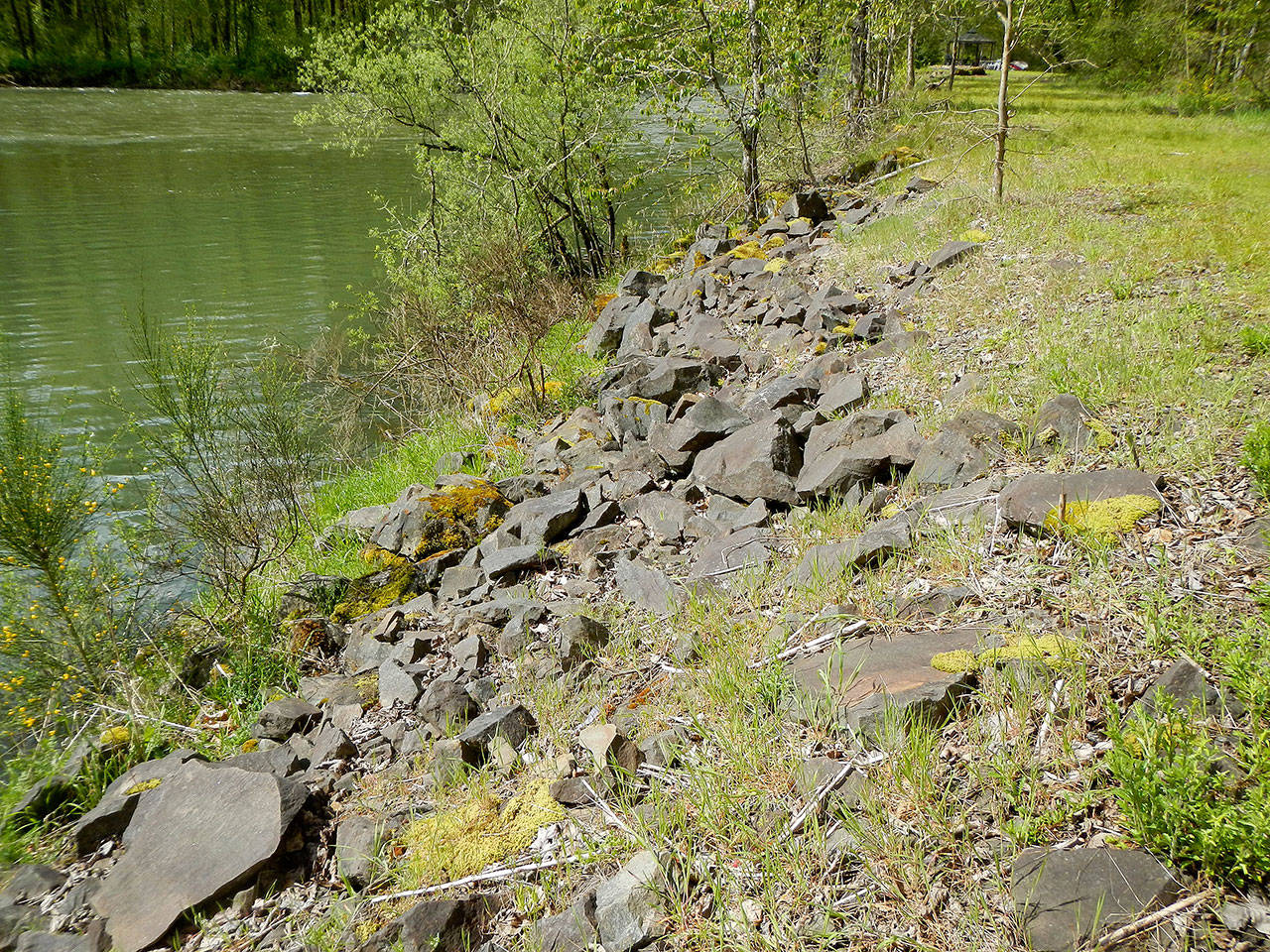The Washington Salmon Recovery Funding Board on Monday announced the award of a $295,895 grant for a project to restore salmon habitat and the Middle Green River.
In all, the state awarded $26.1 million in grants for projects throughout the state aimed at bringing salmon back from the brink of extinction.
The King County Water and Land Resources Division will use the grant to restore about .3 mile of the middle Green River immediately, and create .6 mile of off channel habitat and about 20 acres of surrounding floodplain habitat east of Auburn.
King County will remove one-third mile of the Lones Levee, move gravel from the levee’s core to the nearby river and floodplain, and excavate a small side channel to encourage water to flow into a historic river channel.
The county also will place trees removed from the levee in the river and floodplain to create places for fish to rest, feed, and hide from predators. The trees will slow the river, which reduces erosion and allows small rocks to settle to the riverbed, creating areas for salmon to spawn. The levee removal and tree placement will change the flow of the river, creating riffles and pools, which give salmon more varied habitat.
In addition, King County will remove invasive plants and replant the riverbanks with native plants to shade the water and cool it for fish.
To reduce flooding and erosion, the county will build a flood protection structure to protect farmland from erosion and a berm to reduce overbank flooding. Finally, the county will build a gravel road for long-term monitoring and maintenance. The Green River is used by Chinook salmon and steelhead trout, both of which are species listed as threatened with extinction under the federal Endangered Species Act, and by coho salmon, which is a federal species of concern.
King County will contribute $104,105 to the project.
The board awarded grants to organizations for 96 projects in 28 of the state’s 39 counties. Grant recipients will use this funding to remove barriers that prevent salmon from migrating to and from the ocean, increase the types and amount of salmon habitat and conserve pristine areas.
This year marks the 20th anniversary of the board’s creation and the suite of projects announced today brings the total amount of salmon recovery since the board’s start as follows:
• 713 barriers to migrating fish corrected, giving salmon access to 2,082 miles of habitat
• 537 miles of streams conserved to ensure they remain healthy habitat for generations of salmon to come
• More than 48,500 acres of shorelines, estuaries, wetlands, and other stream habitat restored
• More than 17,700 acres of land along rivers, wetlands, and estuaries cleared of invasive species
With Monday’s decisions, the board has approved a total of 3,093 grants and surpassed the $1 billion investment mark since 1999, including matching funds from grant recipients.
“The work being done across the state on salmon recovery is critical,” said Gov. Jay Inslee. “These grants for on-the-ground projects will help us restore salmon to healthy levels that allow for both protection and a robust fishery. We must do everything we can to restore this beloved Washington icon and help orcas, which are starving due to lack of salmon, before it is too late.”


